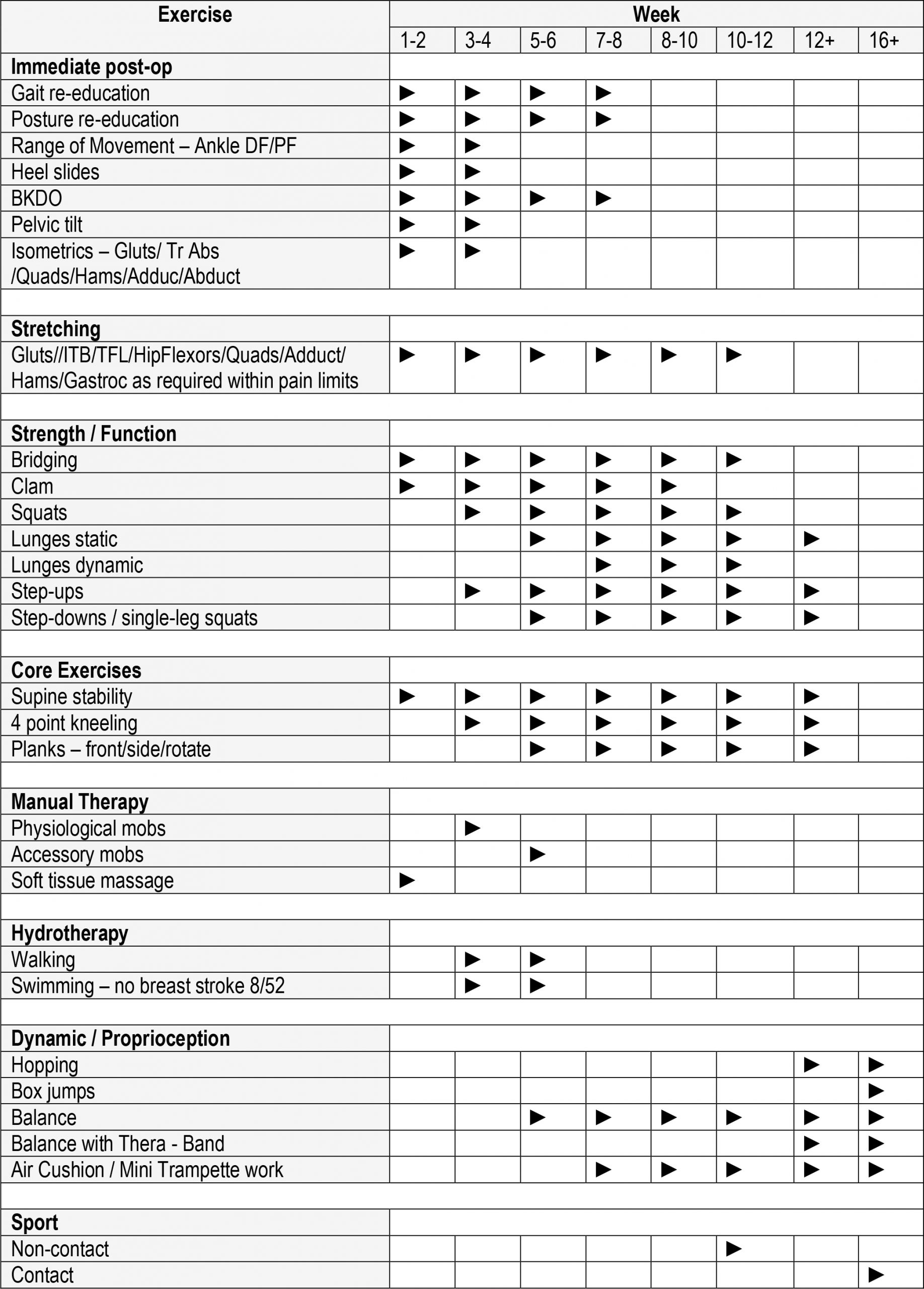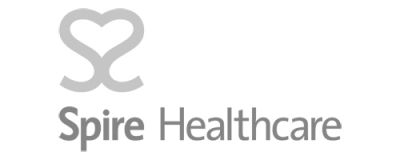HIP RESCULPTING
Hip resculpting is a procedure that has been recently advocated for the treatment of hip impingement. Impingement results either because the femoral head (ball) is not quite spherical or because the acetabulum (socket) is too deep; thus when the hip is flexed fully the neck of the femur is pushed against the labrum and acetabulum at the front of the hip, causing damage to these structures.
More recently, Hip Arthroscopy has been used to perform hip resculpting, the advantages being smaller scarring, reduced morbidity and faster recovery. The aim of hip resculpting is to remove some of the bone from the femoral neck to prevent it from causing damage to the labrum, and to allow greater movement – particularly flexion – of the hip. If the labrum has already been damaged it can be repaired or the damaged area removed during the resculpting operation.
The anticipation is that by preventing damage to the labrum and effectively making the femoral head more spherical, the development of osteoarthritis of the hip can be delayed or even prevented.
The long term results of hip resculpting are not known although the early results are encouraging. NICE recommendations state that patients undergoing this procedure should be followed up on a long term basis; results should be properly documented and audited. Hip resculpting is an operation that should only be performed by surgeons with experience of the technique.
INDICATIONS FOR HIP RESCULPTING
There are several indications for undertaking resculpting of the hip:
• Symptomatic femoro-acetabular impingement (with x-ray evidence)
• Normal cartilage (i.e. no evidence of arthritis) – hip arthroscopy may be needed beforehand to prove this
THE PROCEDURE
OUTCOME
The long term outcome of hip resculpting is not yet known. The hope is that it will at least delay if not negate the need for future hip replacement in many patients. Early reports suggest that in the short-term, relief of symptoms is usually achieved.
Discussion with Mr Paliobeis is important to answer any questions that you may have. For information about any additional conditions not featured within the site, please contact us for more information.








